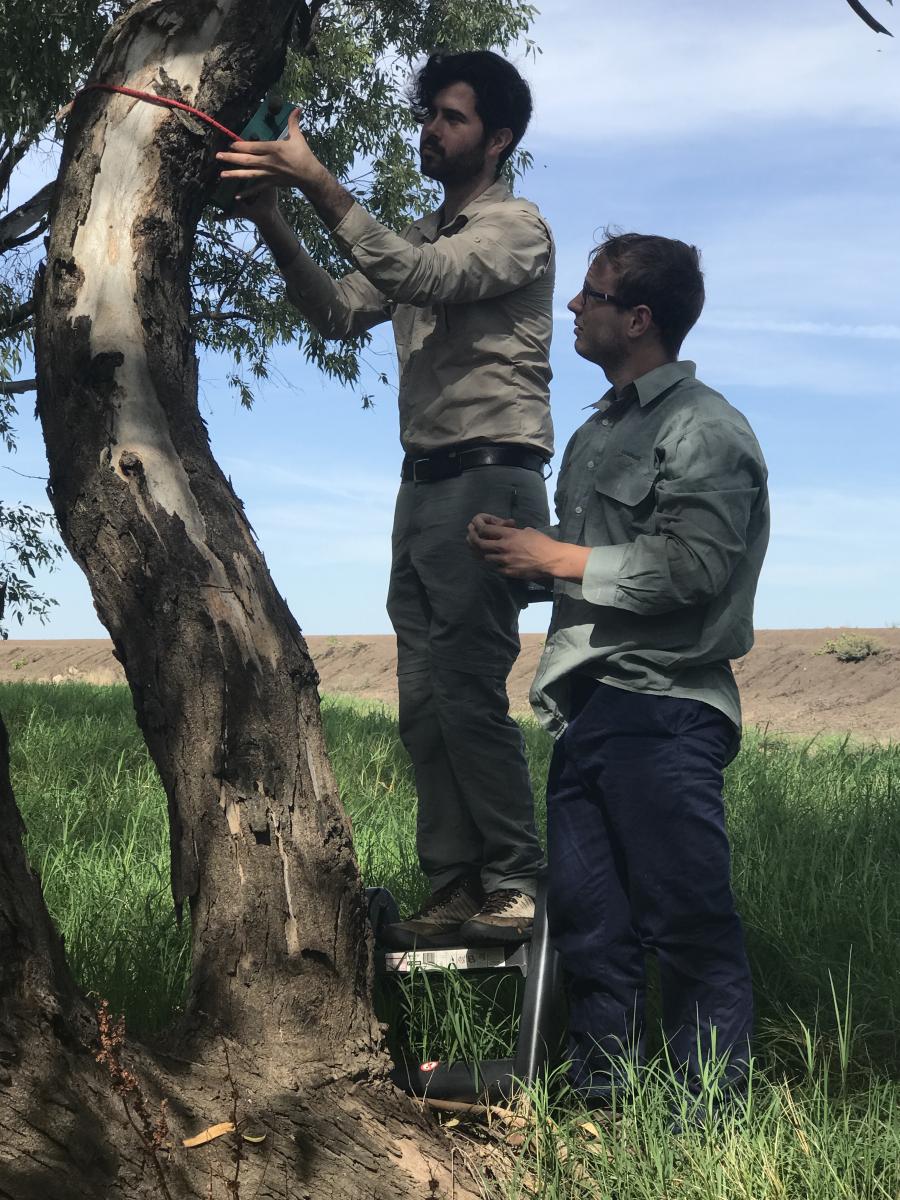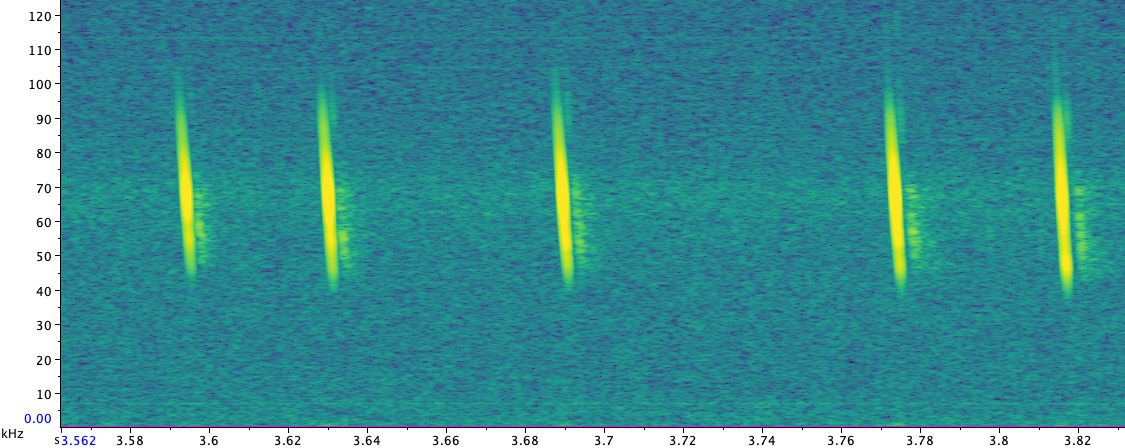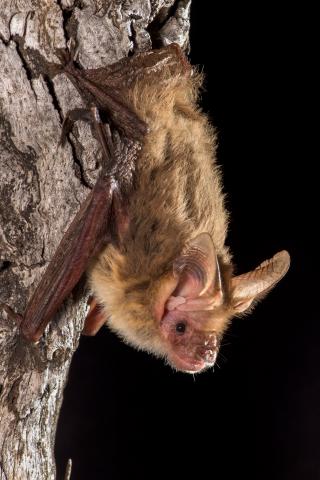September is Biodiversity Month! Did you know almost 10 percent of all the species on earth are found in Australia? And that 400 different vegetation types are found on cotton properties in NSW and QLD?
To understand changes in biodiversity condition - be it negative or positive - as a result of land management or climate variability, we need to be able to benchmark, monitor and record these changes over time.
A summary of monitoring tools that can be used on-farm to evaluate biodiversity condition (plants, animals, soils & water) is available in the Monitor to Manage – How happy is the natural workforce? fact sheet from the Cotton Catchment Communities CRC.
Traditional methods used by researchers for fauna biodiversity monitoring generally involve costly, time-consuming and invasive techniques such as ground-based observational surveys, trapping and tracking, most of which are beyond the capacity of many agricultural industries and landholders.
In recent years there has been an increase in R&D investment looking at new innovative technologies for monitoring biodiversity, for example, acoustic monitoring which enables low-cost and remote biodiversity monitoring to capture sounds in nature.
Ecologists, conservationist and landholders have been using sound to study and record wildlife for a long time. How many of us have identified birds in our backyard by their calls alone?
Many animals such as birds, microbats (echolocating bats), amphibians and invertebrates produce sounds for communication and navigation. For researchers, these sounds can offer information about where species are, the size of their populations and how they interact with the environment.
Recently CRDC has been collaborating with universities, including Queensland University of Technology (QUT), to use this emerging technology as a potential tool for measuring and reporting biodiversity condition in cotton landscapes.
Similar to camera traps, remote sound recorders (or ‘acoustic sensors’) are deployed in the field for many weeks or months collecting recordings of wildlife. Depending on the type of sensor, the data is captured onto SD cards or sent live to a nominated site.

A recent CRDC funded QUT honours project by Sean Freney, supervised by Dr Susan Fuller and Dr Erin Peterson, used acoustic sensors deployed on cotton farms around Narrabri to investigate whether the presence of remnant vegetation patches and vegetation corridors along creeks and roads increase on-farm bat activity (learn more in our fact sheet here). The sensors capture the ‘soundscape’ of the surroundings using an ultrasonic microphone, and then the data is processed, turning it into an image called a spectrogram. Deep learning algorithms then scan the spectrogram image identifying possible bat calls (see below the spectrogram from Nyctophilus gouldi (Gouldi’s Long-eared bat)).
This ‘acoustic’ technology is being used in exciting ways internationally. In the UK a program called Nature Smart Cities has brought together environmental researchers and technologist to develop the worlds first end-to-end open-source system for monitoring bats using acoustic sensor technology and visualisation software to record and view real-time data of bat activity within Queen Elizabeth Olympic Park, east London.
Dr Erin Peterson from QUT is also currently leading research investigating if it is possible to develop acoustic recognition software - like 'Shazam' for birds and bats - for a subset of microbats and bird species, identified as indicators of biodiversity condition on cotton farms. The project is part of the Cotton Landcare Tech Innovations project, funded through CRDC and the National Landcare’s Smart Farming Partnership Initiative, and involves working with UK bat and bioacoustics experts.
As part of the research, QUT will investigate if cost-effective acoustic sensors can be developed and deployed on-farm by cotton growers, and if visualisation software (which can provide and show real-time data from the sensor) can potentially be viewed and collated by growers, the industry or the general public.
The development of this type of technology will not only provide cost-effective monitoring tools for use by growers, but the tools will also help collate data required to assist the Australian cotton industry report against the industries biodiversity sustainability target.

This blog is part of a year long program from CottonInfo, with the themes aligned with the 2019 CottonInfo cotton calendar. For more information, view the calendar, or contact the CottonInfo Technical Lead for Natural Resources, Stacey Vogel.

